In a vast warehouse on the outskirts of Shanghai, China, dozens of humanoid robots diligently practice seemingly simple tasks: folding T-shirts, making sandwiches, opening doors... over and over again for 17 hours a day.
Behind that chain of activities is a big ambition: to fundamentally change the way people live, work and play.
The startup AgiBot, which owns the facility, is collecting massive amounts of data to train robots to become smarter and more agile.
"Imagine one day, in our own robot factory, these robots will assemble their own kind," said Yao Maoqing, an expert at AgiBot.
This ambition is not only a business dream but also part of Beijing's national strategy, as China faces a series of challenges: trade tensions with the US, falling birth rates and slowing economic growth.
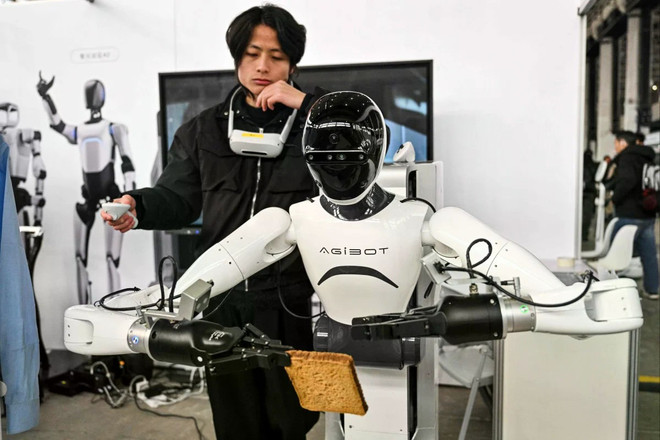
Not only AgiBot, a series of other companies such as Unitree, MagicLab or CASBOT are also joining the race to develop humanoid robots.
While Washington is still negotiating new tariffs to revive US manufacturing jobs, Beijing is betting on a new industrial revolution where robots are the main workforce in factories.
If in the past robots simply performed spectacular performances such as somersaults, marathons or soccer, now, thanks to breakthroughs in artificial intelligence (AI), they are starting to become workers with real economic value.
The success of homegrown AI companies like DeepSeek, combined with strong government support, is turning China into a leading force in humanoid robotics.
Unlike generative AI, which uses massive amounts of text, image, and audio data from the Internet, AI models that operate humanoid robots — also known as “embodied AI” — need data from real physical environments. That means robots need to be trained through specific actions such as stacking boxes, pouring water, checking product quality, etc.
At AgiBot’s facility, where about 100 robots and 200 “flesh and blood” human workers interact every day, the amount of training data collected is invaluable. Similar facilities are being set up in Beijing and Shenzhen with the support of local governments.
MagicLab said it has integrated AI from DeepSeek, Qwen (owned by Alibaba) and Doubao (owned by ByteDance) into its robot control system, helping to increase its ability to reason and understand tasks.
According to CEO Wu Changzheng, the company's robot models have now been deployed on production lines for quality inspection, material handling and assembly.
China now produces 90% of the components that make up humanoid robots, a huge advantage over other countries. With a streamlined supply chain system, Chinese companies can receive raw materials in just a few hours, significantly reducing production times.
According to Morgan Stanley bank, China is contributing the majority of humanoid robot manufacturers globally.
By 2024, 31 Chinese companies will have launched 36 different robot models, compared to just eight from American companies. Some have even entered the mass production stage, including names like Unitree and UBTech.
Not to mention the strong financial backing from the Chinese government. In the past year alone, more than $20 billion was allocated to the field of humanoid robots.
China is also setting up a 1 trillion yuan ($137 billion) fund to support AI and robotics startups.
Meanwhile, local governments have continuously introduced attractive support policies such as providing free offices, subsidies of up to 5 million yuan, and separate investment packages for the first projects.
The cost of manufacturing robots is falling rapidly. The total cost of materials to make a humanoid robot is expected to be around $35,000 by the end of this year, and could fall to $17,000 by 2030 if most of the components are produced domestically.
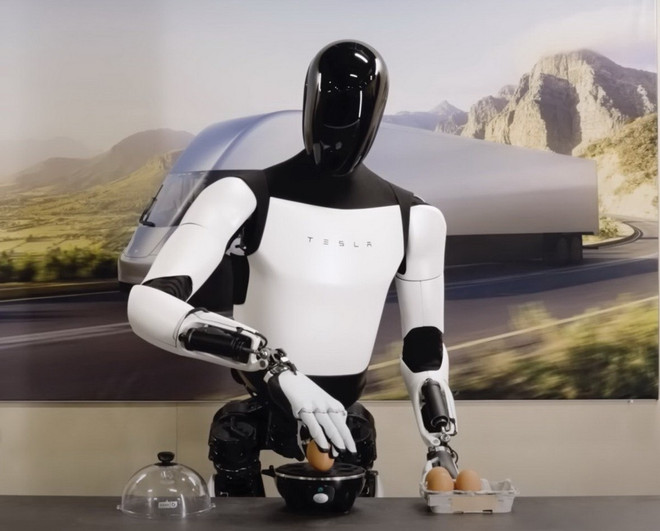
Meanwhile, Tesla's Optimus robot currently costs up to $50,000-60,000 if using imported components. Tesla declined to comment on this comparison.
With more than 123 million manufacturing workers, China is facing major concerns about robots replacing humans. Experts warn that about 70% of the country's manufacturing jobs could be affected, leading to a serious decline in social insurance funds.
AI company iFlytek Chairman Liu Qingfeng proposed establishing an "AI unemployment insurance" program lasting 6-12 months for employees replaced by robots.
Still, policymakers believe the future will create more jobs than it will destroy.
Robots are targeting boring, repetitive or dangerous jobs that humans don't want to do, said Tang Jian, chief technology officer of the Beijing Humanoid Robot Innovation Center.
In addition, robots are also proving effective in caring for the elderly in the context of China's rapidly aging population.
In December 2024, the Chinese government issued a national elderly care plan that encourages the integration of humanoid robots and AI. Shortly after, Ant Group announced the establishment of its subsidiary Ant Lingbo Technology to develop robots for this field.
Mr. Yao Maoqing optimistically said: "In just 5-10 years, robots will be able to clean rooms, receive parcels, and even help patients from bed to the toilet and vice versa"./.
Source: https://www.vietnamplus.vn/trung-quoc-cach-mang-hoa-nganh-san-xuat-voi-robot-hinh-nguoi-post1038248.vnp



![[Photo] Prime Minister Pham Minh Chinh receives the President of Asia-Pacific region of PowerChina Group](https://vphoto.vietnam.vn/thumb/1200x675/vietnam/resource/IMAGE/2025/5/21/0f4f3c2f997b4fdaa44b60aaac103d91)

![[Photo] Scientific workshop "Building a socialist model associated with socialist people in Hai Phong city in the period of 2025-2030 and the following years"](https://vphoto.vietnam.vn/thumb/1200x675/vietnam/resource/IMAGE/2025/5/21/5098e06c813243b1bf5670f9dc20ad0a)

![[Photo] Coming to Son La, let's "show off" with the Wallflowers](https://vphoto.vietnam.vn/thumb/1200x675/vietnam/resource/IMAGE/2025/5/21/627a654c41fc4e1a95f3e1c353d0426d)

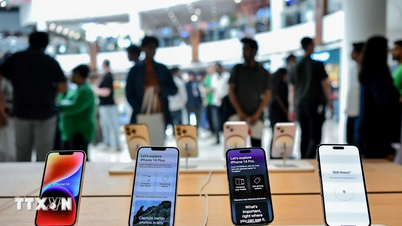

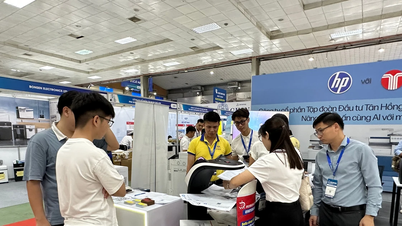









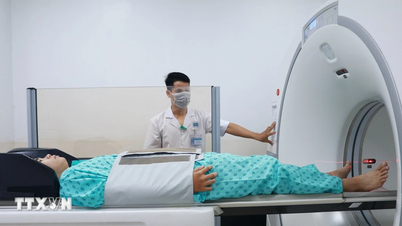

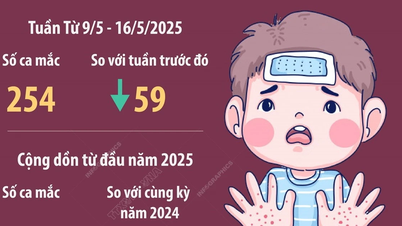

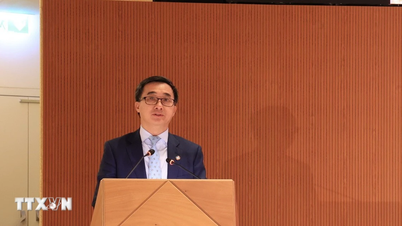






























































Comment (0)